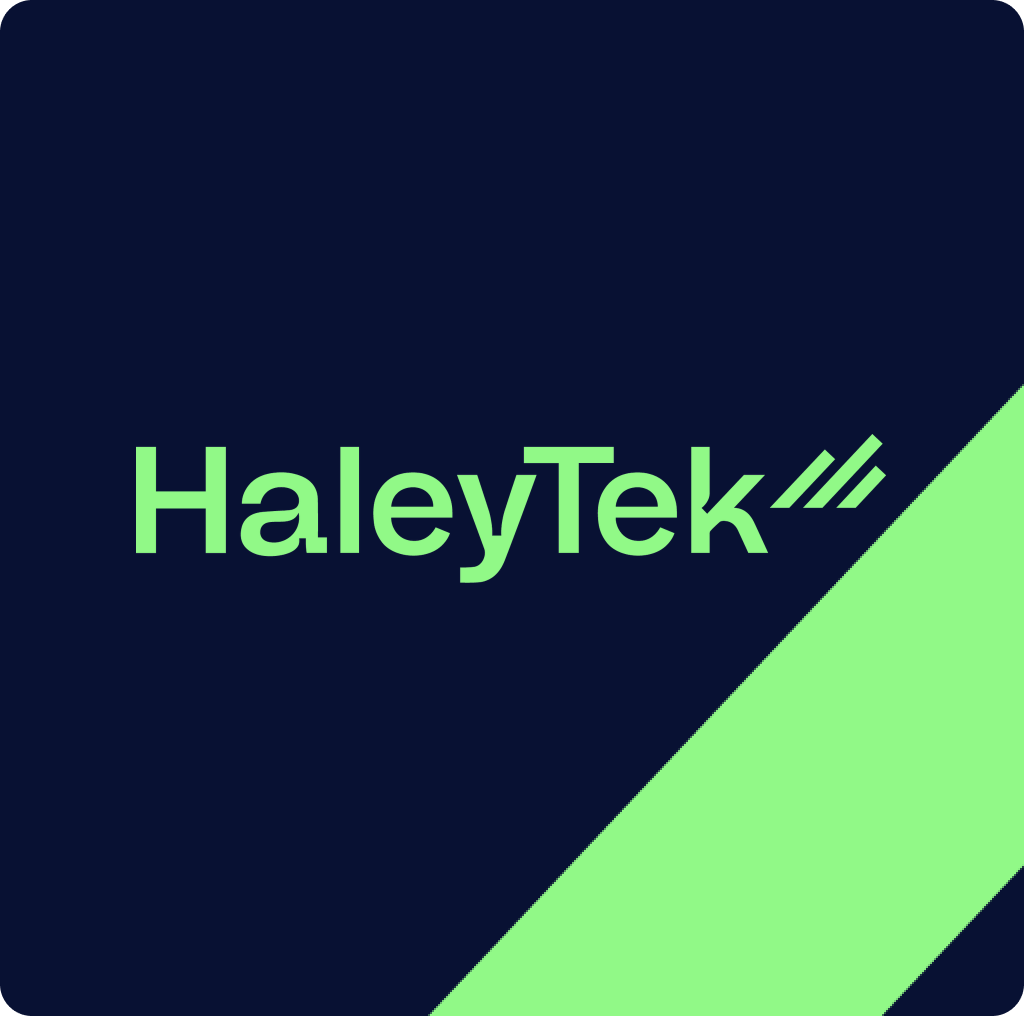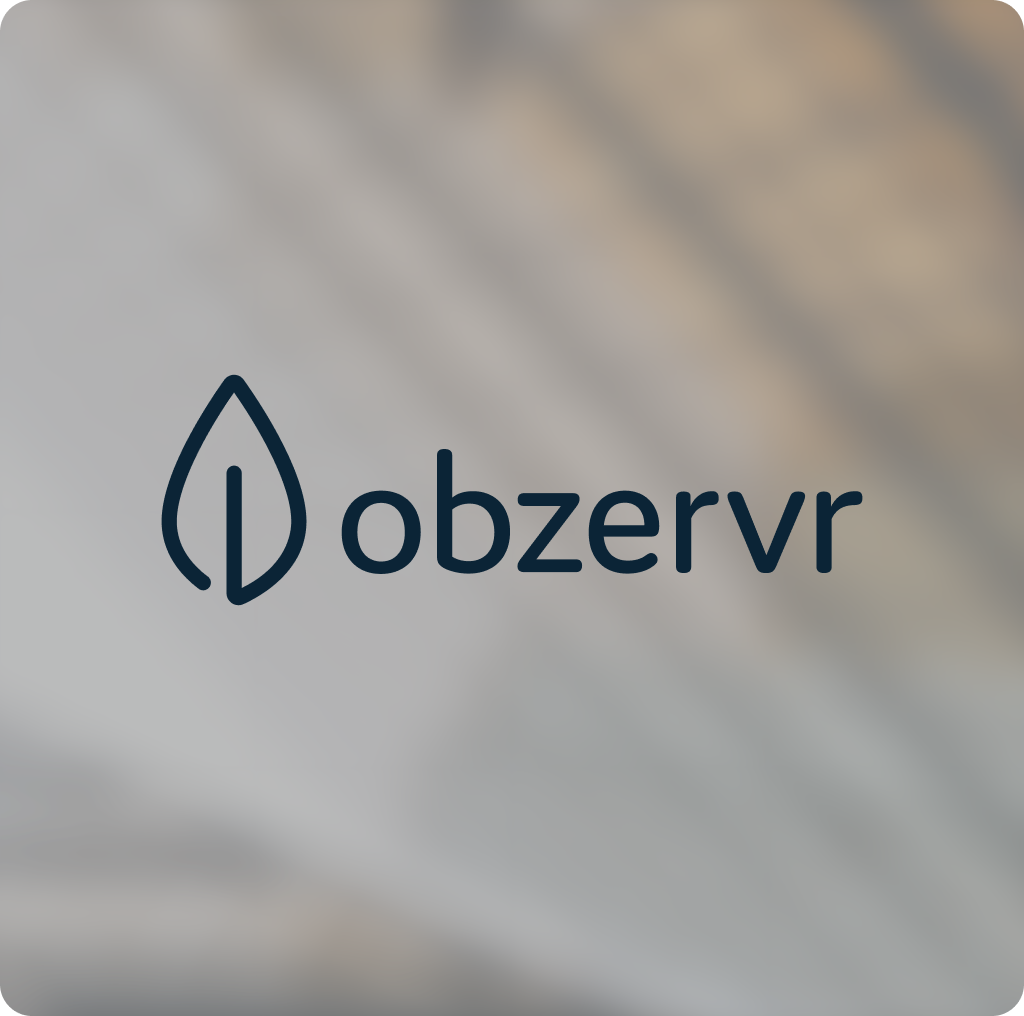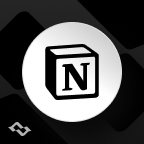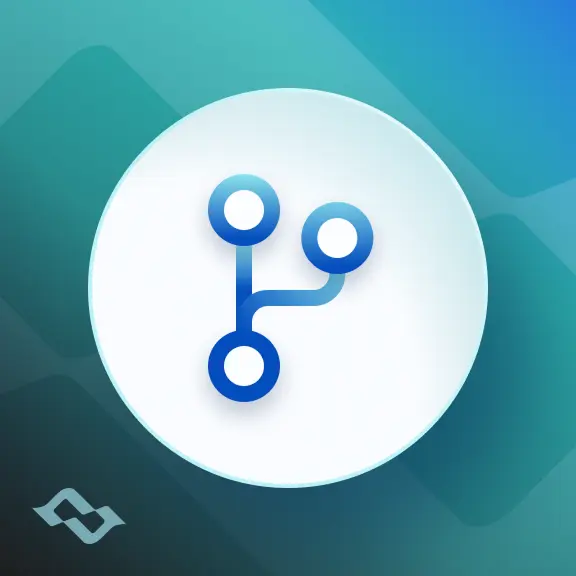Service Level Agreements (SLAs) are the foundation of modern IT operations - defining expectations for response time, resolution time, and overall service delivery. But as organizations expand globally and adopt more specialized tools, ensuring consistent SLA performance becomes more complex.
Today, distributed teams rely on different platforms to manage support and operations: Jira, ServiceNow, Salesforce, Zendesk - each with its own workflows, fields, and logic. Without a seamless integration, data gets lost, communication slows, and SLAs silently break.
“There would be updates in our system that the customer didn’t see - or updates in theirs that we didn’t catch. SLAs started running before we even knew the issue existed.”
— Brian McCabe, EVP, InoApps
This article shows how enterprise teams at InoApps, ISCG, and IATA use Getint - a no-code, UI-driven integration platform - to maintain SLA compliance, reduce system errors, and keep cross-functional teams aligned across tools. From improving team performance and operational efficiency to delivering satisfied customers, these organizations prove that integration is more than a convenience - it's a critical component of modern service delivery.
The Challenge: What Breaks SLA Targets in Distributed Teams
Maintaining service level agreements (SLAs) is easy on paper, and incredibly hard in practice, especially when your distributed team is working across different tools, time zones, and priorities.
Without seamless communication or platform interoperability, most organizations fall into the same traps:
❌ Disconnected Tools = Delayed Response Time
When teams use different project management tools (like Jira, ServiceNow, or Salesforce), ticket data doesn't flow automatically. Teams must rely on manual copy-paste, emails, or “spinning chair” workflows - leading to delayed response times, lost context, and growing backlogs.
“We were literally retyping updates between systems. If someone missed a status update, the SLA clock kept ticking - silently.”
— Filip Bywalec, ISCG
❌ Inconsistent Statuses = SLA Drift
A ticket might be marked “In Progress” in Jira but still appear “New” in Salesforce. Without service level management alignment across systems, SLAs become unreliable. Clients think you’ve started. Internally, you haven’t. And key metrics like resolution time become meaningless.
“In the customer’s mind, the clock was running. But we hadn’t even seen the ticket yet.”
— Brian McCabe, InoApps
❌ Lack of Real-Time Visibility = Broken Promises
Without live updates, clients can’t see progress - and teams can’t track performance. This leads to mistrust, recurring issues, and escalating support demands. Your ability to hit service level objectives or demonstrate operational efficiency is crippled.
How Distributed Teams Amplify the Problem
Today’s remote teams and cross-functional teams are spread across:
- Multiple time zones
- Different departments (DevOps, Support, Sales)
- Varying toolsets (ITSM vs CRM vs Dev)
Without a shared view of reality, even the best teams struggle with team alignment, goal setting, and performance tracking. In enterprise service delivery, that means SLA commitments go unmet, and business impact grows.
“For P1 incidents, we have to resolve in under two hours. That’s not possible if tickets don’t sync instantly.”
— John Aguiar, IATA
The Getint Approach: Seamless, Scalable, Human-First Integration
Modern service delivery requires more than just moving data between systems - it demands seamless integration that respects your workflows, security boundaries, and the real people doing the work.
That’s where Getint excels.
Built specifically for distributed teams and service providers, Getint connects platforms like Jira, ServiceNow, Salesforce, Zendesk, Azure DevOps, and more - without code, without risk, and without forcing anyone to change how they work.
Flexible Setup: No-Code Simplicity, Developer-Ready Power
Whether you're an operations lead configuring integrations through a UI or a developer fine-tuning with custom logic, Getint adapts to your team's needs.
Out of the box, most teams rely on Getint’s intuitive, no-code interface to:
- Map fields (e.g. priority levels, statuses, attachments, custom fields)
- Configure bidirectional sync between platforms
- Apply filters, rules, and permission controls
- Adjust sync logic as organizational goals evolve
But for more advanced use cases, Getint also offers full support for scripting extensions - giving development teams the freedom to tailor integrations with precision when needed.
“We did the second integration entirely ourselves - just using the UI. No issues, no dev time.”
— Filip Bywalec, ISCG
Designed for Security & Scale
Security isn’t just a feature - it’s a requirement for any enterprise integration. That’s why Getint is built from the ground up to protect your data, your clients, and your business.
Getint uses official APIs and enforces system-level access controls to ensure:
- No data leakage across tenants or clients
- Role-based visibility based on connected system permissions
- Only authorized, relevant updates are synced - with full audit trails
Beyond technical safeguards, Getint meets globally recognized compliance standards:
✅ ISO 27001: Information security management
✅ ISO 27018: Protection of personal data in the cloud
✅ GDPR compliant: Aligned with European data privacy regulations
✅ SOC 2 Type II audited: Operational security, availability, and confidentiality controls independently verified
“Our clients use sensitive data. Getint respects each system’s security model. That’s why we trust it.”
— Brian McCabe, InoApps
With Getint, enterprise teams get peace of mind — knowing their integrations are not only functional, but secure, transparent, and built to scale responsibly.
Read more about Getint's security
Supported by Real Humans - Not Just Documentation
What truly sets Getint apart is its team. From onboarding to edge-case scenarios, Getint’s support is responsive, collaborative, and proactive - helping customers align integrations with their business goals and internal workflows.
“You’re not just buying software. You’re building a relationship. The team listened, adjusted, and delivered.”
— John Aguiar, IATA
Built for Cross-Functional & Remote Teams
Whether you’re a service provider managing hundreds of clients or an internal support team spread across multiple time zones, Getint helps you:
- Improve team performance with synchronized workflows
- Enable clear communication protocols
- Maintain SLA targets across all systems - without context switching
SLA Compliance Before vs. After Integration: The Getint Impact
Without proper integration, service level agreements (SLAs) are at constant risk. Data gets stuck. Updates lag. Clients feel ignored. Teams scramble - not because they’re disorganized, but because the tools they rely on can’t talk to each other.
Getint changes that.
Let’s break down what SLA performance looks like before and after implementing a seamless, no-code integration - based on real feedback from InoApps, ISCG, and IATA.
Before Getint: Broken Promises, Manual Work
“We used to receive client complaints about unresolved tickets that weren’t even in our system yet.”
— Filip Bywalec, ISCG
After Getint: Confidence, Clarity, Control
“Now clients can track SLA compliance directly in their own tools. It builds trust, and saves time.”
— John Aguiar, IATA
Whether your team is in one office or spread across five continents, real-time integration turns chaos into clarity, improves team alignment, and gives leaders the visibility they need to monitor performance and hit every desired service level.
Best Practices for SLA Management Across Multiple Platforms
Having the right integration tool is step one. Ensuring your service level agreements actually hold across systems, and teams, requires deliberate setup, regular reviews, and smart alignment of people, processes, and tools.
Based on lessons from InoApps, ISCG, and IATA, here are proven practices for improving SLA management, reducing system errors, and driving operational efficiency:
1. Define Service-Level Objectives Before You Sync
Don’t just sync fields - sync business goals. Map out your priority levels, define what qualifies as a P1/P2/P3, and clarify your service level indicators (SLIs) like response time or resolution time.
Tip: Use a shared document to align expectations across teams. That’s your foundation for automation.
2. Involve Business and Technical Stakeholders
Your integration isn’t just an IT task - it touches SLA enforcement, reporting, and client satisfaction. Involve service delivery managers, ops leaders, and client-facing roles to ensure full team alignment.
“We underestimated the human side - like whether a closed ticket should auto-resolve on the client side. That required more than field mapping.”
— Brian McCabe, InoApps
3. Use No-Code Collaboration Tools for Configuration
Complex integrations often fall apart because only one engineer understands the scripts. With Getint’s no-code UI, teams can collaborate visually, adjust mappings easily, and improve knowledge sharing across departments.
“I managed the second client’s integration solo - just using the UI. That kind of autonomy is rare.”
— Filip Bywalec, ISCG
4. Monitor Performance and Adjust Frequently
SLAs aren’t static. As business needs evolve, your integration should, too. Schedule regular reviews to:
- Audit field mapping
- Evaluate key metrics
- Refine workflows based on real application performance
This helps you avoid recurring issues and maintain effective operations at scale.
5. Prioritize Security and Access Control
Make sure your integration enforces service standards by respecting role-based access. Prevent single points of failure and ensure only the right data flows between tools.
“We needed to avoid any data leakage between clients. Getint’s architecture made that easy.”
— John Aguiar, IATA
These practices aren’t just about integrations - they’re about building trust. When your systems are connected, your teams aligned, and your SLAs visible, you create the conditions for sustained, measurable success.
Conclusion: From Isolated Systems to SLA Confidence
Broken SLAs don’t usually come from negligence - they come from disconnection. When ticket updates lag, priorities don’t align, and tools can’t talk to each other, even the most capable teams fall short of their targets.
Without integration, even the best teams struggle to maintain service level standards. Tickets go missing. Priority levels misalign. Response times slip. And no one has a clear understanding of what’s actually happening across systems.
That’s why teams at InoApps, ISCG, and IATA trust Getint - not just for its seamless integration capabilities, but for its human support, enterprise security, and the clarity it brings to SLA management.
“The best kind of integration is the one you forget about - because it just works.”
— John Aguiar, IATA
By bridging gaps between tools like Jira, Salesforce, ServiceNow, and Zendesk, Getint helps service providers improve application performance, meet service level objectives, and ensure teams across the world can work together - without losing data, time, or trust.
Ready to Meet Your SLA Targets?
Let’s show you how Getint keeps everything in sync - book a quick demo.























